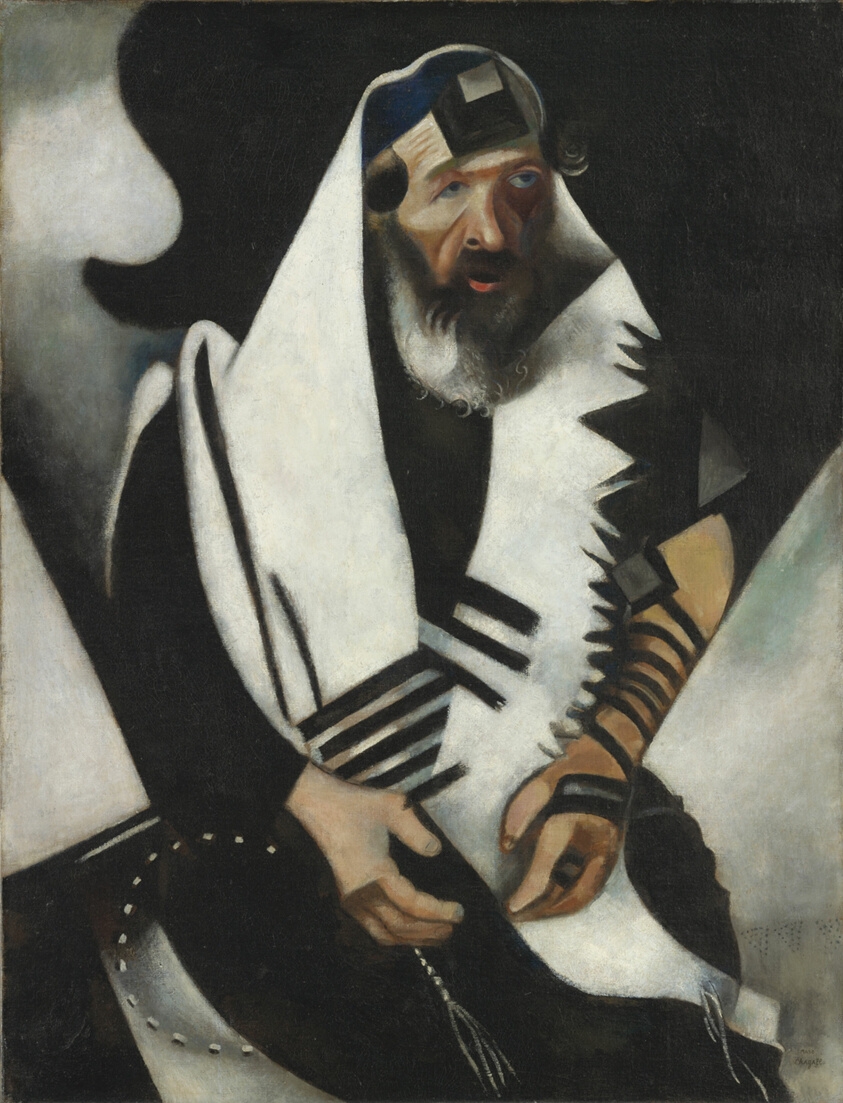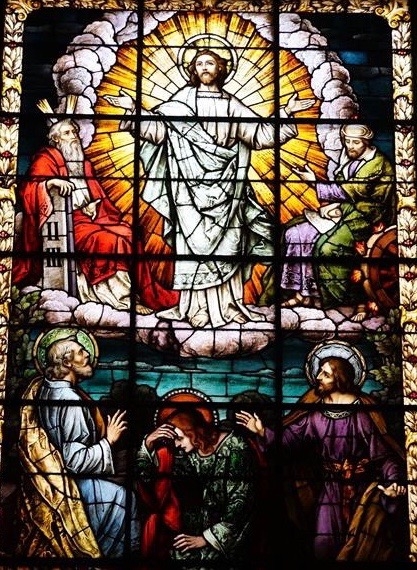These reflections are a result of more than 40 years of ministry as a Roman Catholic priest. Most of these years I spent in the Diocese of Charlotte which covers Western North Carolina. Now I am retired, and live in Medellín, Colombia where I continue to serve as a priest in the Archdiocese of Medellín.

For the LORD, your God, is the God of gods,
the LORD of lords, the great God, mighty and awesome,
who has no favorites, accepts no bribes;
who executes justice for the orphan and the widow,
and befriends the alien, feeding and clothing him.
So you too must befriend the alien,
for you were once aliens yourselves in the land of Egypt. (Dt 10:12-22)
How quickly we are to forget our own history. Politicians use racism and xenophobia to divide us. But God reminds us: “You were once aliens yourselves in the land of Egypt.” Saint Teresa Benedicta was a philosopher who converted to the church and was martyred in the Holocaust of WW II.

The Jews murmured about Jesus because he said,
“I am the bread that came down from heaven, ”
and they said,
“Is this not Jesus, the son of Joseph?
Do we not know his father and mother?
Then how can he say,
‘I have come down from heaven’?”
Jesus answered and said to them,
“I am the living bread that came down from heaven;
whoever eats this bread will live forever;
and the bread that I will give is my flesh for the life of the world.” (Jn 6:41-51)
How important is the Bread of Life Discourse! It raises all the right questions: the question of Jesus’ origins, his parents, where he is from, his authority for doing and saying what he does, his compassion for the hungry, the challenge of political power, his response to criticism when people complain, and when many of his disciples abandon him. And to all these challenges Jesus says, “I am the living bread that came down from heaven . . . the bread that I will give is my flesh for the life of the world.”

“Hear, O Israel! The LORD is our God, the LORD alone!
Therefore, you shall love the LORD, your God,
with all your heart,
and with all your soul,
and with all your strength.” (Dt 6:4-13)
The Shema is extremely important in Jewish devotional life. It is also eseential to the teaching ministry of Jesus. As Jesus says, “You shall love the Lord your God with all your heart, with all your soul, with all your mind, and with all your strength.’ The second is this: ‘You shall love your neighbor as yourself.’ There is no other commandment greater than these” (Mk 12:30-31). Today's picture is of the painting, The Praying Jew by Marc Chagall (Art Institute of Chicago, 1923).

Then a cloud came, casting a shadow over them;
from the cloud came a voice,
“This is my beloved Son. Listen to him.”
Suddenly, looking around, they no longer saw anyone
but Jesus alone with them. (Mk 9:2-10)
To catch a glimpse of Jesus revealed in glory . . . the experience overwhelmed Peter, James and John. When we catch glimpses of God’s presence shining through ordinary experiences—revealed in our humanity, well, that’s what Transfiguration is all about. That’s when we really need to listen!

“And so I say to you, you are Peter,
and upon this rock I will build my Church,
and the gates of the netherworld shall not prevail against it.”
———
Then Peter took Jesus aside and began to rebuke him,
“God forbid, Lord! No such thing shall ever happen to you.”
He turned and said to Peter,
“Get behind me, Satan! You are an obstacle to me.
You are thinking not as God does, but as human beings do.” (Mt 16:13-23)
It’s always good to get the full context of a passage of scripture in order to better understand what the author intended. To hear only the first part of this passage gives us an inflated understanding of Peter’s role in the community. But with the second part we begin to understand how flawed “Rocky” can be and the need to think as God does. Today’s picture is of the Basilica of Saint Mary Major in Rome.



